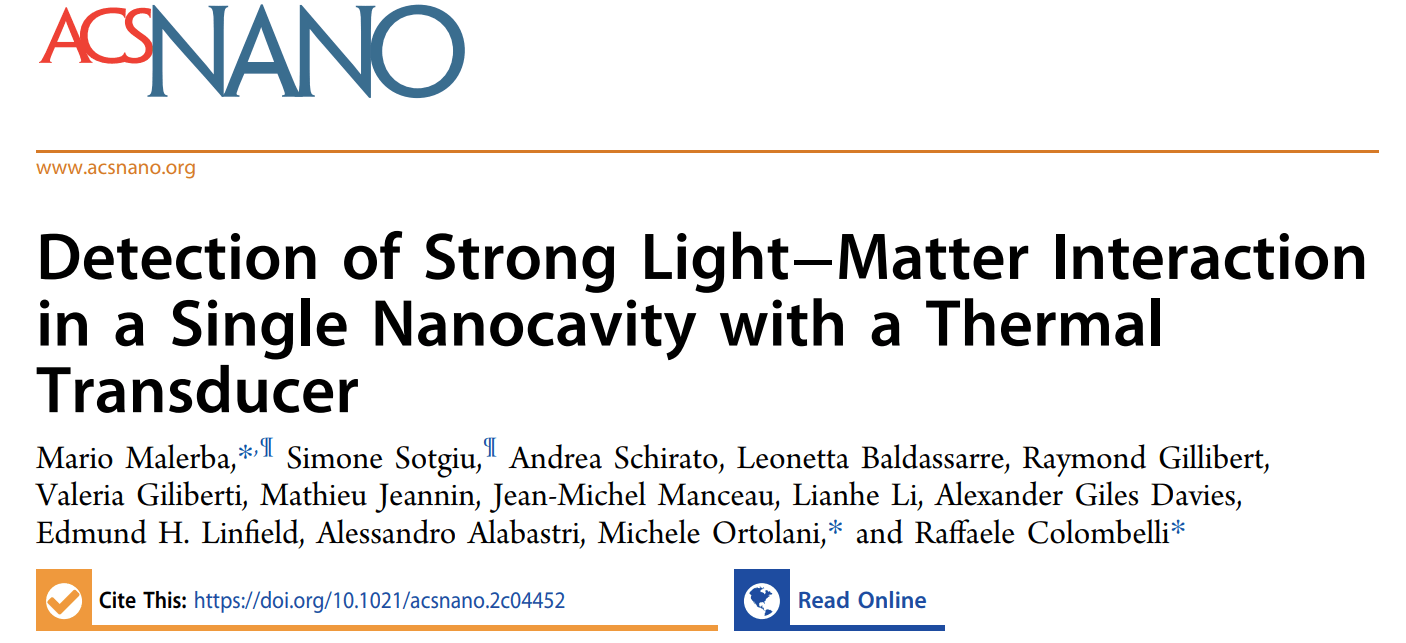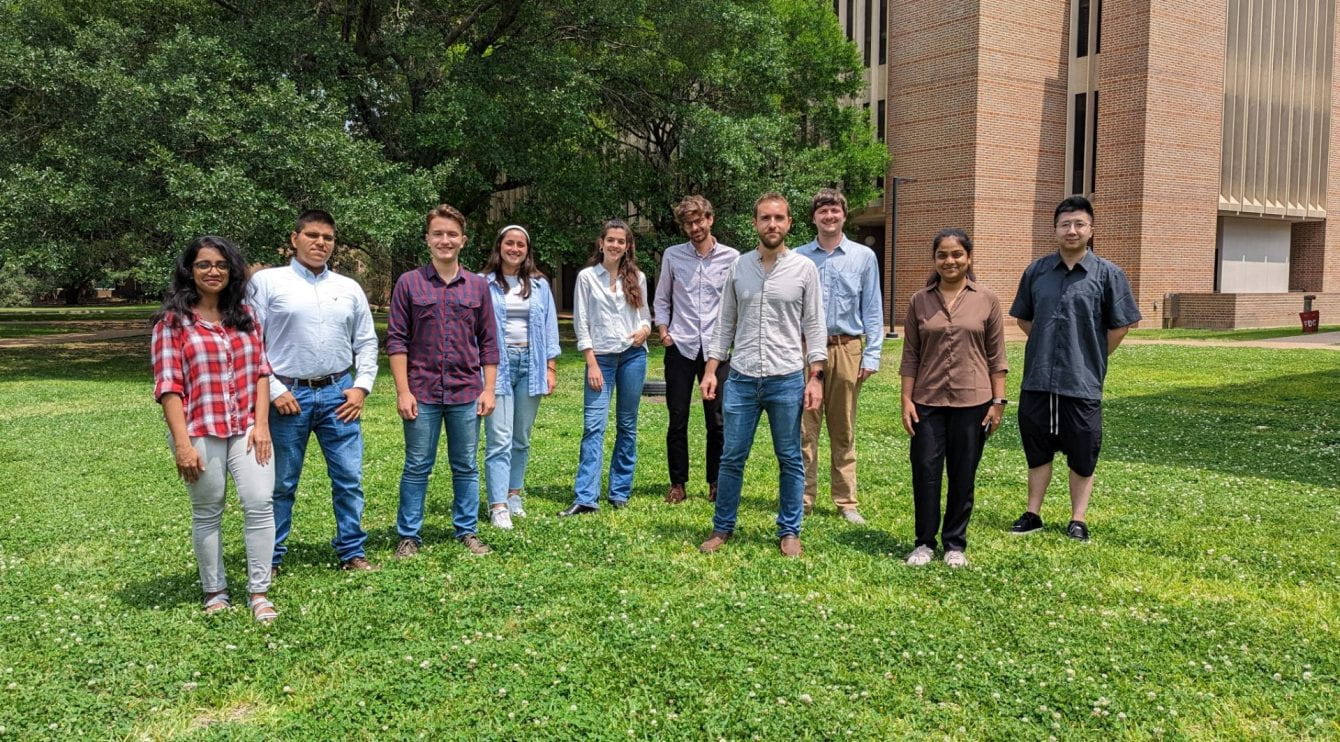Themal detection of strong light-matter interaction

The work in collaboration with Paris Saclay University and La Sapienza in Rome, has been published in ACS Nano.
We have demonstrated a thermal transducer capable to detect strong light-matter interaction by monitoring heat dissipation in a quantum well sandwiched between an antenna and a thermally expanding material.
The result is interesting because the technique does not rely on far-field analysis (often difficult to achieve) and also opens the way to exploit dissipative dynamics in cavity-embedded quantum systems.

See more: https://pubs.acs.org/action/showCitFormats?doi=10.1021/acsnano.2c04452&ref=pdf

